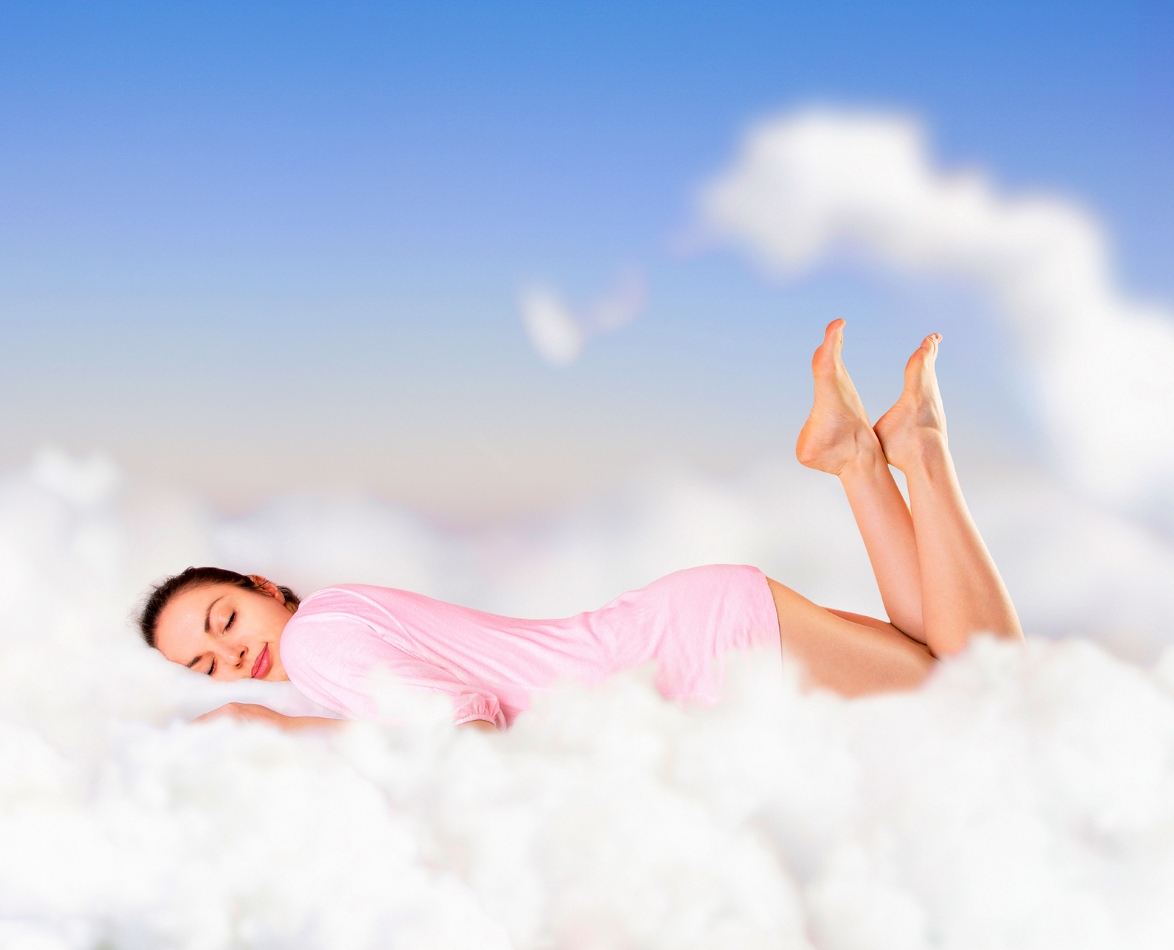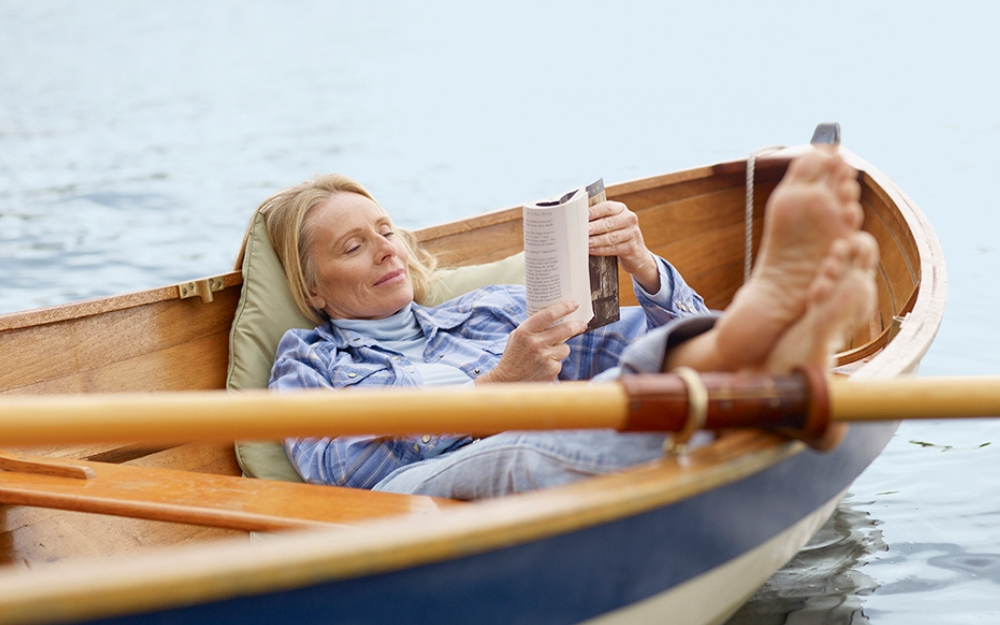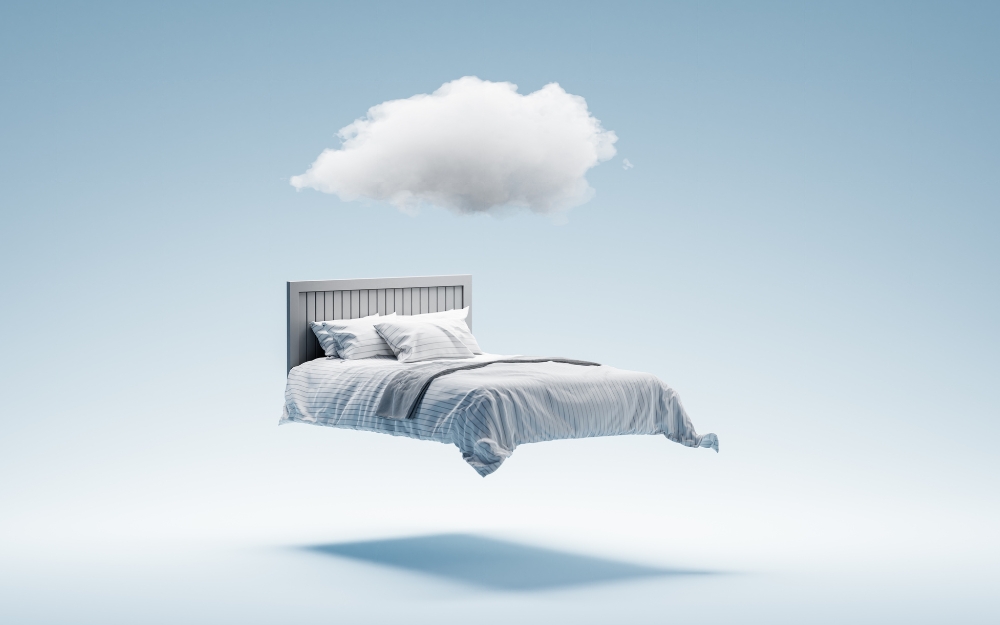Quality versus quantity, light sleep versus deep sleep and what exactly is REM? For something that we do every night, sleep is a mysterious process. But thanks to technology, we’re gaining more insights that may help those of us who struggle to get a proper night of shut-eye.
Sleep expert Dr Carmel Harrington answers your questions…
What happens when I sleep?
Firstly, it’s helpful to get an idea of what really goes on after we doze off. “Not all sleep is the same, and the different stages that we go through every night help to repair and refresh our brain and body in different ways,” Carmel explains.
“These stages are light sleep, deep sleep and REM, also known as dream sleep. All sleep stages are equally important and we cycle through these stages throughout the night.
“A complete sleep cycle, which takes roughly 90 to 110 minutes, involves going through each sleep stage. On average, adults require about five cycles every 24 hours.”
Should I use a sleep tracker?

Fitbit Luxe Tracker, $219.99, from Life Pharmacy
Carmel says that sleep and activity trackers can help by giving you a better understanding of your sleep patterns, as well as anything that might be disrupting them.
“In the past, the only way to get any insight into our sleep structure was to have an overnight sleep study, often prescribed by a doctor,” she tells.
“This has now changed thanks to products such as those from Fitbit. It’s not a medical-grade device and doesn’t replace the need for a doctor, but it does allow us to delve into sleep more deeply than we’ve been able to do in the past in the comfort of our own homes.”
Do sleep recordings actually work?

Sign up to a Headspace membership from $9.53 per month here
With binaural beats recordings, sound-scapes and sleep stories by apps like Calm and Headspace, there has never been more choice when it comes to finding sounds to lull us to sleep. Carmel says these can be helpful for some people.
“For some of us, going to sleep is easy, but many struggle to fall asleep within 10 to 15 minutes, and we will toss and turn for what seems like hours,” tells Carmel.
“There may be many reasons for this, but a big one is the inability to switch off a busy mind. One way we can do this is to listen to a calming Sleep Story, which is designed to relax the mind, making the transition from wakefulness to sleep easier.”
Should I listen to a podcast?

Nothing much happens: bedtime stories to help you sleep podcast on Apple Podcasts
Depending on the podcast you choose, Carmel says these can have an effect akin to Sleep Stories.
“Podcasts can work similarly, but we need to ensure that they do not engage too much brain power as this could further alert the brain.”
That means avoiding anything that’s suspenseful or engrossing – and definitely no true crime. “Aim for a time limit of no more than about 30 minutes as longer than this can eat into the time you have to sleep,” she adds.
What about white noise machines?

Euky Bear Sweet Dreams Sleep Aid machine, $79.99, from Chemist Warehouse and Otifleks Goodsleep Sleeping Earplugs, $16.99, from Life Pharmacy
White noise machines or apps that play white noise have become popular ways of lulling kids and adults to sleep. Carmel says this can be especially useful for blocking out disruptive sounds.
“If you live in a noisy area, say on a main road, try earplugs or a white noise generator,” she says.
“White noise is sound that includes all frequencies audible to the human ear played at equal intensity. An air conditioner, TV static or a fan all generate white noise and can reduce your sense of ambient noise, allowing more restful sleep.”
Is a little bit of light okay?
If you need a certain amount of light to be able to sleep, Carmel says that’s OK. “The ideal sleep temperature is around 18C and best practice is for the room to be dark,” she says.
“However, if it worries you to sleep in a completely darkened room, use a lamp that has a low level of red light and avoid bright white lights.”


